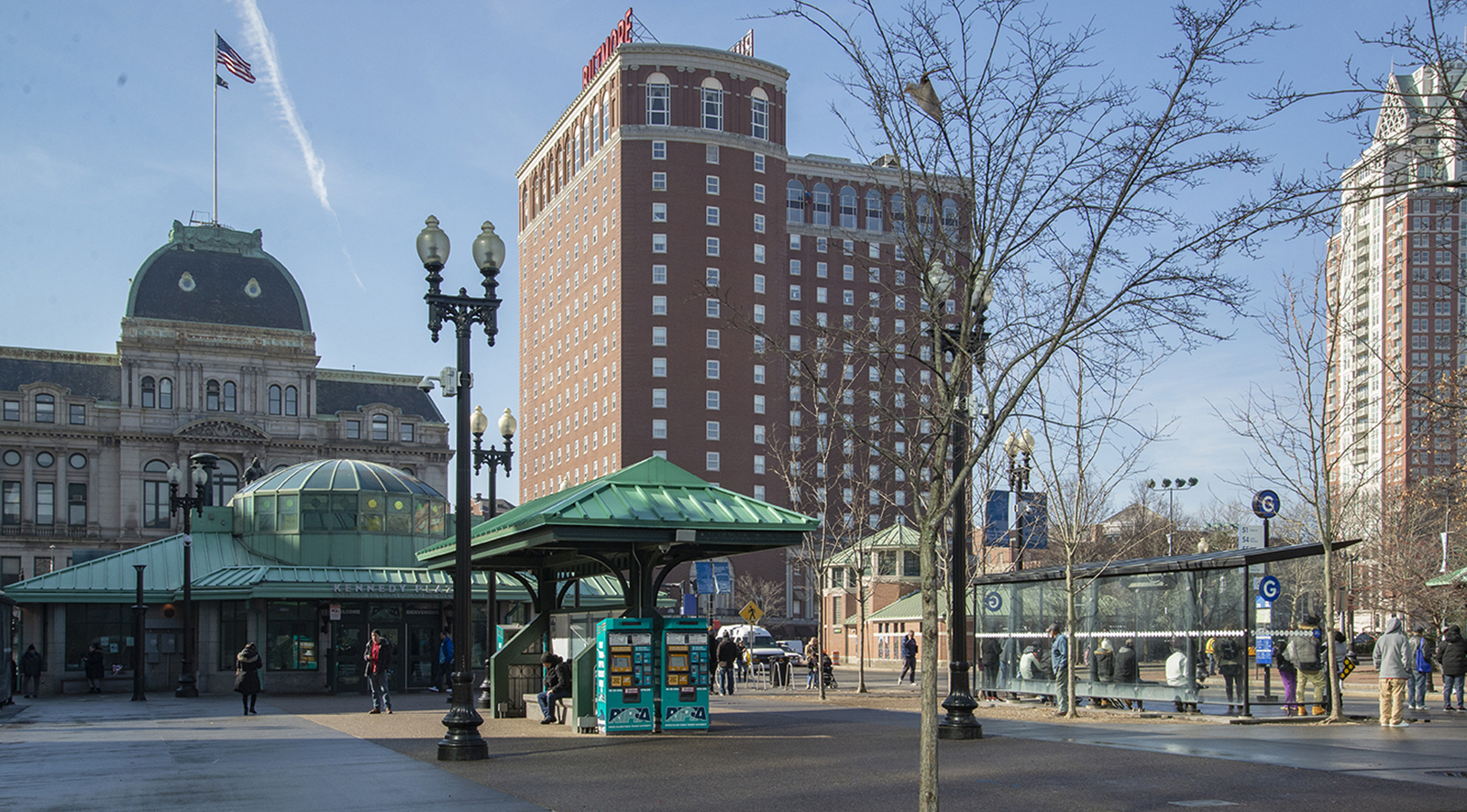Efficient Mass Transit Can Be an Economic Booster for R.I.
January 15, 2016
To have a successful mass transit system you have to correctly answer a simple question: Does it get people where they need to go, when they need to get there, conveniently, safely and affordably?
Right now, Rhode Islanders’ answer to that question is largely “No.” Many people still can’t easily rely on mass transit to get to work, go to school, visit their doctor, go shopping or just see a friend when they’re ready to go. This results in Rhode Island not taking advantage of the economic benefits that an inviting and user-friendly mass transit system offers.
While the Rhode Island Public Transit Authority (RIPTA) has taken steps to maximize passenger mobility with extremely limited resources, achieving and sustaining a robust transit system requires substantial investments in both infrastructure and operations. Among Northeast Corridor states, Rhode Island ranks last in annual per-capita public investment in transit, averaging just $50.53 per person, compared with the regional average of $202.45 per person, according to a 2014 study by the American Association of State Highway and Transportation Officials.
It isn’t as though Rhode Island lacks the public will to upgrade its mass transit. In 2014, Rhode Island voters handily approved a $35 million first-ever transit-only bond to create a multi-modal transit hub at the Providence train station.
And Rhode Island already has many other pieces in place to succeed. Notably small, it’s the second-most urbanized state, with more than 75 percent of its residents living within a 10-minute walk of a transit stop. Still, less than 3 percent of the state’s population uses transit regularly.
Having a robust and user-friendly transit system is increasingly seen by the business community as an important component to a vibrant economy. This is demonstrated in part by a sustained trend across the country of companies moving to walkable, transit-accessible locations in and around downtowns, big and small.
The Millennial generation, which will soon dominate the workforce, and about whom we hear a constant lament from businesses that young, skilled labor is leaving the state, prefer using public transit to get around. Together with aging baby boomers, they’re driving ridership growth around the country. There’s no reason why we can’t leverage strategic investments in transit to make Rhode Island more attractive to millennials and grow our economy in ways that further revitalize our urban and town centers.
The recent “Next Stop: Making Transit Work for Rhode Island” forum in Providence demonstrated how we can achieve a transit system that generates a positive return on investment for Rhode Island’s economy and quality of place. Following a “lessons learned” presentation by officials and transit experts from Minneapolis, Denver and Hartford, Rhode Island officials engaged in a lively discussion about the challenges and opportunities for achieving a transit system that really works for more residents and businesses.
With continued leadership from the governor’s office and House and Senate leaders to make public transit a priority this year, we’re confident that Rhode Island can reap the many economic and quality-of-life benefits of a more convenient and effective transit system.
Investing in a smarter transportation system is becoming easier with the recent approval of the new federal transportation act — the FAST Act — that modestly increased federal investment for roads and bridges and also for local mass transit. Also boosted were public and private incentives for transit projects that best deliver on mobility, and economic, environmental and social gains.
Still, Rhode Island must do even more to focus and leverage its limited resources to unleash the many co-benefits of improved mass transit. This includes a serious pursuit of public-private partnerships that have proven to work elsewhere, particularly for transit stations and transit-oriented development.
That simple question — “Does the public transit system take people where they need to go, when they need to go, conveniently, safely and affordably?” — may not yet yield the answer we all want. But by taking steps now to plan and invest wisely, we can get the correct response that Rhode Islanders and the state’s economy are looking for.
Scott Wolf is the executive director of Grow Smart RI, which co-leads the Coalition for Transportation Choices. Laurie White is president of the Greater Providence Chamber of Commerce.
Categories
Join the Discussion
View CommentsRecent Comments
Leave a Reply
Your support keeps our reporters on the environmental beat.
Reader support is at the core of our nonprofit news model. Together, we can keep the environment in the headlines.
We use cookies to improve your experience and deliver personalized content. View Cookie Settings




I think its fair to say that there are many obstacles to more robust transit use including:
the large quantity of "free," that is, subsidized, parking (such as the State of RI does for all employees and URI-Providence does for students too) so that people who can afford to drive will therefore drive pretty much no matter what the transit system offers, especially as there are usually no transit incentives as in the State of RI and URI cases;
Kennedy Plaza issues including a terminal building that closes at 7pm leaving later passengers out in the cold, disbursed bus stops making transfers more difficult, perceived security issues, especially for stops like Newport’s on the north side of Burnside Park, drainage issues after rain;
the lack of clearing of most bus stops and sidewalks after snow;
relatively high base fares ($2 at RIPTA, comparable systems averaged $1.60, transfers $.50 at RIPTA and going to $1, average of others $.10, monthly passes $62 at RIPTA and going to $70, comparable average $46;
the need for reasonable farebox recovery rates in light of the lack of revenue from the almost 30% of riders who ride free because they meet low income elderly/disability guidelines, a factor in the relatively high fares for those that pay;
the free riding situation which many Rhode Islanders approve of for charitable reasons but the resulting widespread perception that buses are just for the poor results in some supporters of the free riding not willing to use it themselves.
Te RIPTA Riders Alliance has a list of 14 points like this.
I’m somewhat confused. Mr. Wolf’s organization actively campaigned for the increase of RIPTA fares levied on the poor, the elderly, and the disabled .. making it a point to testify proactively for the increase in front of the RIPTA Board. Yet, you claim to support Mass Transportation. Enlighten Me.